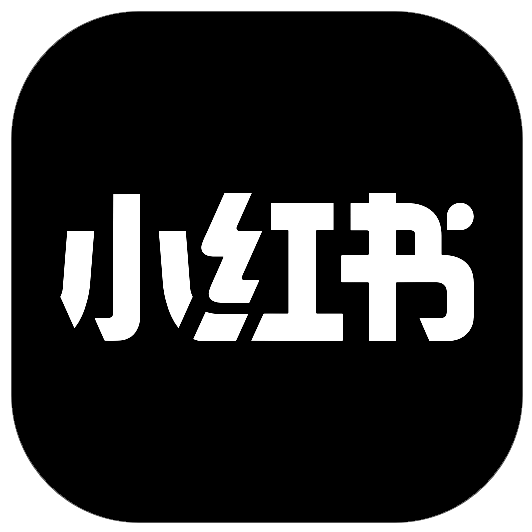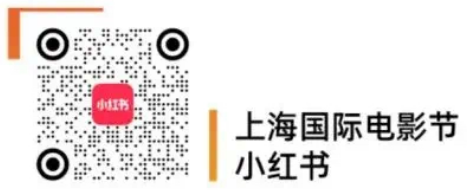AIGC Poster Creation Unit at SIFF
16 days, 4 films, and 586 posters.
On June 9, the AIGC Poster Creation section was specially set up in the Metafilm Film Poster Exhibition of the Shanghai International Film and Television Festivals. After 16 days of solicitation, a total of 586 AIGC posters were received. 36 high-quality AIGC film posters were displayed in the Metafilm of the Shanghai International Film and Television Festivals after being reviewed by a professional review committee formed by China Film Art Direction Academy, Orange Studio under Alibaba Pictures and film producers.
This is another highly anticipated event of “AI+film” in China's film industry since the concept of GPT became a hit. The AIGC Poster Creation section presented at the film poster exhibition demonstrated the industry’s open attitude towards AI. This is also the first time for the material creation company Orange Studio under Alibaba Pictures to showcase its creative concept and application achievements in the field of AIGC.
First domestic AIGC poster exhibition
attracting industry attention
As the GPT concept has been gaining momentum in the market, the domestic market is already in a fierce race on the big model track, with a number of sectors promoting the reform of business forms in the AI 2.0 era. In the field of content creation, “AI+film” is considered by the market to be one of the sectors to be deployed the fastest.
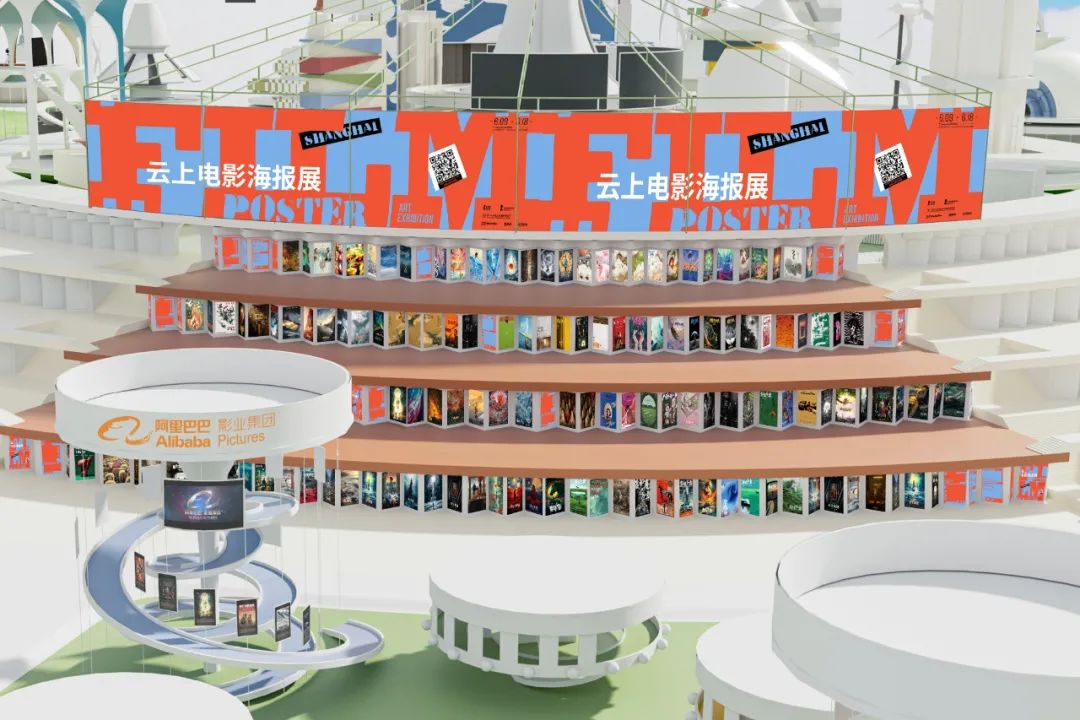
AI, while gradually becoming the focus of the film industry, is also one of the hot spots at this year’s SIFF. Organized by the China Film Art Direction Academy, the Institute of Film and TV Materials, Beacon and Orange Studio under Alibaba Pictures, Shanghai Film Poster Exhibition adopts a dual space format that combines offline scenarios with online ones. Compared to the traditional offline poster exhibitions, it is the first to introduce the interactive mode on the cloud for metaverse exhibitions, while launching together with SIFF the AIGC film poster creation competition. The creators were invited to create AIGC posters for four films, including LOST IN THE STARS, THE FALLEN BRIDGE, RIDE ON and STRIDING INTO THE WIND. A number of outstanding poster design teams, designers and netizens actively submitted their posters for the films created through AIGC technology, and jointly discussed the diversity and infinite possibilities of artistic expression.
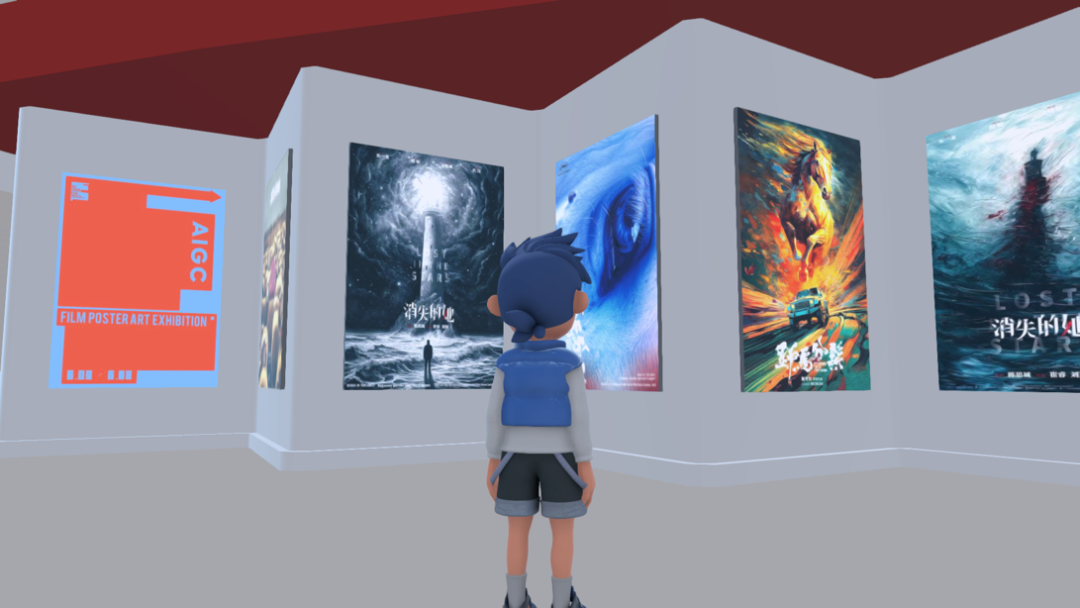
AIGC Film Poster Exhibition zone at the Film Poster Exhibition of Shanghai International Film and Television Festivals
The sustained boom in the GPT concept has sparked widespread discussion of AI reimagining in various industries, and AIGC has entered the film production sector. In this regard, Huo Yanxiao, President of the China Film Art Society, said: “AIGC technology has already contributed to the film industry, but there is still a lot of room for iteration and upgrading. AIGC is a great help in orienting the future of aesthetics and conveying some of the concepts in traditional Chinese culture. And designers shall employ it in conjunction with their own artistic judgement and aesthetics, and combine technology and art, to bring AIGC creation to the forefront.”
AIGC, empowering the film industry
Film posters are the most common creation materials in the film promotion and distribution process. Beacon’s professional data shows that in 2018-2019, 1171 new films released a total of 13304 posters in two years, an average of 11 posters per film. In 2020-2022, a total of 8425 posters were released for new films in three years, an average of 8 posters per film. The actual promotion and distribution process also includes a variety of marketing posters and stills posted on social media platforms and other scenarios, thus bringing about quite heavy design workload. The emergence of AIGC undoubtedly improves the creation of efficiency, while providing a new solution for poster production and marketing.
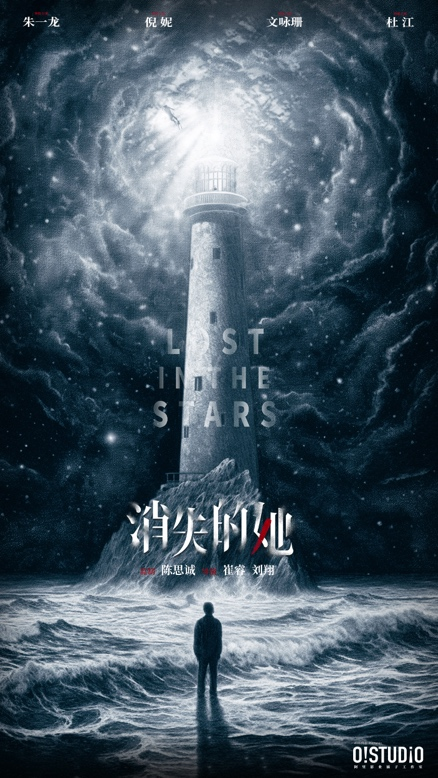
AIGC posters form Orange Studio, designer : Xiao Yin
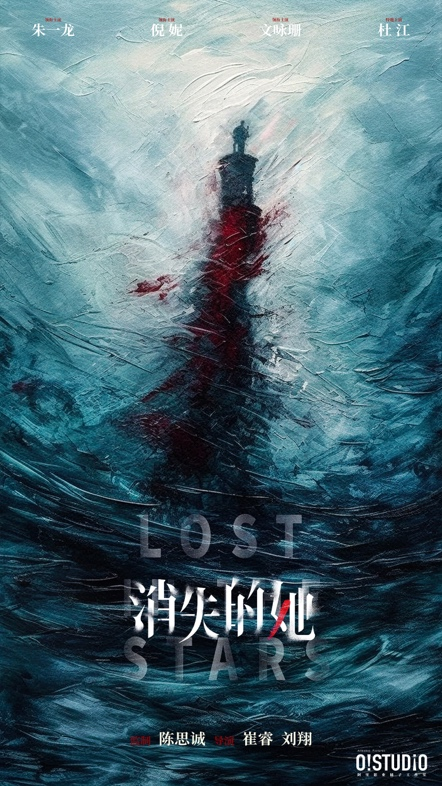
AIGC posters form Orange Studio, designer: Xiao Ren
Xiao Yin is a designer at Orange Studio and has been using AIGC for some time to make film posters. With his own understanding of the interaction with AIGC, he often thinks about how to “input” for the AI and prompt in the human-machine interaction more skillfully, thus helping the AI understand his needs through prompts and the communication and feedback mechanism of AI. More than 90% of the graphics on his poster for LOST IN THE STARS were generated by AIGC. As a productivity-boosting tool, AIGC has saved him most of the execution time, allowing him to spend more time on creativity and idea development. Xiao Yin now has a new definition for his job, that is “Creative designer + language trainer”.
“We have already adopted AIGC technology for creative production on several projects. AIGC has relatively notable advantages in creation development and execution efficiency, which can save designers a lot of time and energy.” Wang Tengliang, head of Orange Studio, said, “At present, Orange Studio has fully introduced the AIGC technology. On the one hand, AI tools can further enhance the efficiency of designers. On the other hand, we also hope that AI can assist designers with its special attribute, to help them break through the boundaries of thinking and collide with more creative possibilities.” Born from an internet company, Orange Studio has always been more sensitive to the application of new technology, and was one of the first teams in China trying to use AIGC technology for film material creation.
AIGC, an engine to advance film and TV industrialization
The development of AI2.0 is expected to comprehensively drive the upgrading of the film and TV industry chain. With AIGC technology, the efficiency and quality of film production and promotion can be greatly improved, with costs and risks reduced. For example, with AIGC technology, it is possible to quickly generate diverse film posters, trailers, stills and other materials to meet the needs of different platforms and scenes; AIGC technology can also offer assistance to script writing, character design, scene building and special effects production, to boost efficiency while adding dimensions to creativity and imagination.
Whether AI will replace human beings is also a matter of debate in the market. In response, Hai Rui, a designer at the Institute of Film and TV Materials, sees AIGC and human beings as a partnership: “AIGC technology can greatly contribute to production efficiency and reduce production costs. It also inspires the creators to generate more ideas and make the project more visually appealing. We should find ways to work more seamlessly with this partner in real projects.”
“The marriage of AIGC technology and film industrialization aims to promote production efficiency in all chains, and in the field of content creation, we often favor human beings more. Technology is people-oriented, and the goal of AIGC is not to replace people, but to free human’s productivity and creativity from the traditional model by reducing costs and improving efficiency, enabling more creators to focus on content creation.” Li Jie, President of Alibaba Pictures, noted, “The efficiency of AI lies in its certainty, and the charm of the human brain lies in its creativity; the content industry needs that certainty to reduce costs and improve efficiency, and moreover, the creativity for the exploration into the distant future.”

